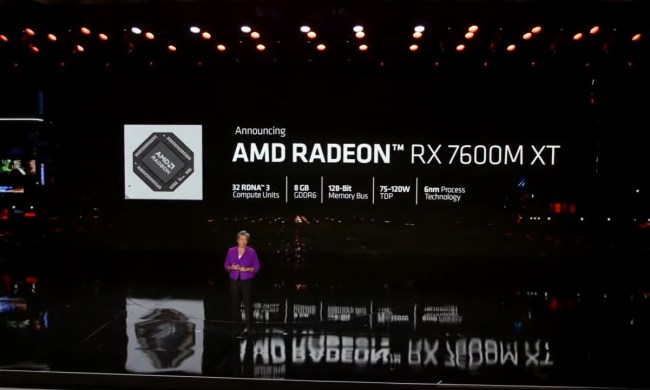
The current lineup breaks down like this — there’s AM3+, which houses the FX line. Next is FM2+, which is used with most APUs. And then there’s AM1, the socket for AMD’s most basic processors.
In comparison, the next generation of Zen CPUs and APUs will all use just one chipset, with one common socket called AM4. Every new processor from AMD will use it.
The simplification should help make AMD a more popular choice for system builders. Likewise, it simplifies manufacturing, which makes it easier for third parties to support the hardware and in turn, push the platform.
These changes are in-line with others made with this next-generation of processors. As PCWorld points out, switching out the old stock cooler for one fitted with heatpipes and a quieter fan is important, will make AMD equipped systems more attractive.
Combine that with the quoted performance gains of up to 40 percent per clock compared to current-generation AMD Excavator based hardware, and the next-generation Zen chips sound quite exciting. They still aren’t expected to take on Intel’s high-end i7 CPUs in a performance battle, but if AMD can offer a credible alternative to i5 CPUs, Intel will have a lot more to think about.
DDR4 memory is also supported by the new architecture, which while already available to those that purchased Skylake platforms, is not an upgrade that many are considering just yet. However, by Q4 2016, when the Zen CPUs and chipsets are slated to be shipping out to retailers and customers, DDR4 will have likely replaced DDR3 as the RAM most purchased by new system builders.
What do you think of AMD’s Zen platform so far? Do you think it will be able to compete with Intel’s next-generation?




